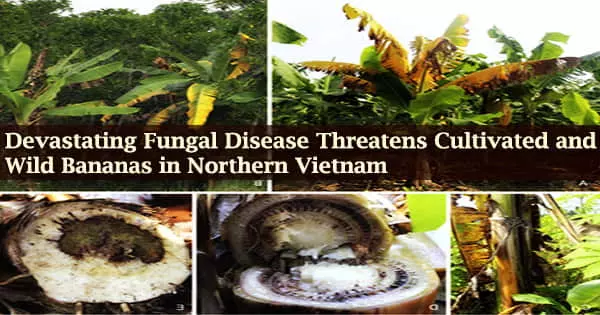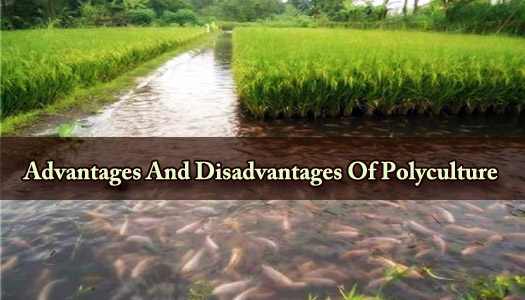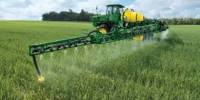Fusarium is a major fungal plant pathogen that has an impact on a wide range of crops. Thousands of farmers around the world are affected by Fusarium oxysporum f. sp. cubense (also known as Foc), which has a direct impact on their income, subsistence, and nutrition.
Foc infects the root system as a soil-borne fungus, then travels into the vascular tissue, which steadily deteriorates until the plant dies. It’s particularly difficult to deal with since spores of it can still be found in the soil 20 years after all affected plants and tissue have been removed.
Global banana export, which is mostly based on the production of members of the Cavendish subgroup, which are especially susceptible to certain of the Foc strains, is one business that has been seriously impacted by Foc.
Infections of the foliage, root, corm, and pseudostem, and diseases of the fruit, including those that occur after harvest, such as anthracnose, can all be classified as fungal diseases of bananas. The fungus has been affecting banana output around the world for over a century.

It is expected to spread rapidly in Asia, hurting major banana-producing countries such as China, the Philippines, Pakistan, and Vietnam, according to researchers. The black sigatoka (Mycosphaerella fijiensis) fungal disease of the foliage and the four races of Panama disease wilt disease of the pseudostem are the most serious (Fusarium oxysporum fm sp cubense).
Foc’s future impact on Viet Nam is expected to be dramatic: an estimated 8% loss in banana production in the next five years, and up to 71 percent in the next 25 years.
The monoculture of dessert bananas for urban consumption and export has aided the spread of black sigatoka to the point where serial fungicide sprays are required in most producing locations throughout the world.
The rapid development of the innovative TR4 strain, in particular, has sparked widespread concern about the survival of the well-known Cavendish banana and other cultivars. However, Fusarium oxysporum f. sp. cubense is a species complex that plant pathologists are still trying to figure out. It is not confined to TR4 or other well-known strains like Race 1 or Race 2.
Most bananas are consumed and traded locally in Vietnam, as they are in the rest of Asia, Africa, Latin America, and the Caribbean, supporting rural livelihoods. This means that any decrease in agricultural yield has a direct impact on local people’s income and nutrition.
As a result, it’s become vital to figure out which Fusarium species are responsible for the Fusarium wilt in Vietnamese bananas. Only by determining which species infect cultivated bananas can real efforts be taken to prevent the disease from spreading to other areas in the future.
An international team of researchers from Vietnam (Plant Resources Center, Vietnam National University of Agriculture), Belgium (Meise Botanic Garden, KU Leuven, Bioversity Leuven, MUCL), and the Netherlands (Naturalis Biodiversity Center) investigated the identity of Fusarium wilt infections using DNA analyses and morphological characterization. Their collaboration was recently published in the open-access, peer-reviewed journal MycoKeys.
After the introduction of Panama disease in the twentieth century, wilt-resistant Cavendish dessert bananas replaced the susceptible ‘Gros Michel’ banana as the primary export banana; however, these plantations are now threatened by a new race of Panama disease (Tropical race 1V), which is now present and spreading in Southeast Asia.
According to the findings, the species F. tardichlamydosporum causes around 3 out of 4 Fusarium infections in northern Vietnamese bananas, which can be classified as typical Race 1 infections.
The species that causes the disease, Fusarium odoratissimum, only accounts for 10% of Fusarium infections in northern Vietnam, hence Foc TR4 is not yet a dominant strain. Fusarium cugenangense, which causes Race 2 infections in bananas, is responsible for a similar proportion of Fusarium infections.
More critically, Fusarium wilt was discovered not only in cultivated bananas but also in wild bananas. This data suggests that wild bananas may act as a Fusarium wilt sink, with reinfections of cultivars occurring as a result.
















